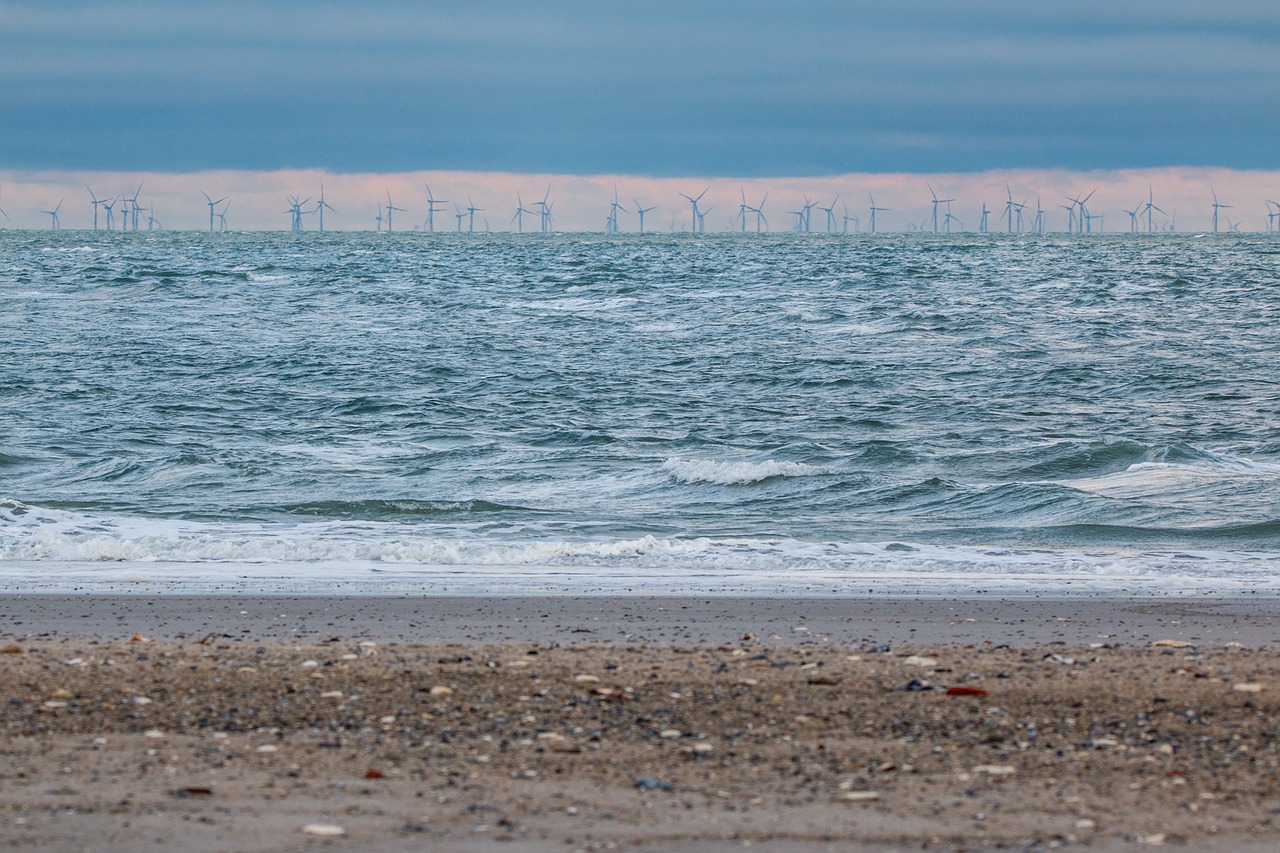The area earmarked for wind farms in the maritime spatial plan will be divided into three to four parts and put up for auction in September. The winners of the auctions will play a key role in Estonia’s energy future.
A total of 44 construction permit applications have been submitted for an area covering nearly 1,800 square kilometers south and west of Saaremaa.
Nearly every square meter has been claimed by multiple developers; the state has devised a simple formula to choose between them.
The construction permit will be issued to the company that pays the highest money. Wednesday, the legislature eliminated the last remaining obstacles to the auction: the law was amended to include the auction’s starting price of €15,000 per square kilometer.
Timo Tatar, secretary general of the Ministry of Economic Affairs and Communications, said that a ministerial decree outlining the specific circumstances should be ready by the beginning of March at the latest.
“In general, all of the necessary preparations have been made for the Estonian Consumer Protection and Technical Regulatory Authority (TTJA) to begin operations in March,” Tatar said.
Priit Pallu, head of the construction and railways department at the TTJA, said that he anticipates that competition announcements will be published in national publications in the first week of March.
Pallu continued, “We will next propose that companies submit applications with more information on the sites, where they intend to install their products.”
These announcements will also indicate which sites there are on offer. Pallu said that the agency has used nearly all of the space assigned for wind turbines in the maritime spatial plan.
Authorities are using previously submitted applications as a basis for assessing the shape and size of the sites. Pallu said that three to four auctions are now being planned.
Auctions will be open and transparent
The applications that have thus far been submitted are merely preliminary. They have no legal or contractual weight.
All companies intending to bid on the maritime area will be required to submit new applications beginning in March. This must be completed within 60 days.
The TTJA expects announcing the bidders in July, and once qualified, the auctions can start.
“These will be carried out in the set order. The first auction will take place towards the beginning of September, followed by further auctions between October and November.”
Pallu said, however, that this is merely a suggestion and that much will depend on the outcome of the first auction. “It depends on whether or not problems arise. Perhaps, changes will be required.”
The draft regulation specifies three methods for conducting the auction. The first method, silent (written) auction, is the most cumbersome and opaque to the general public. Until now, a similar method has been used to identify 5G spectrum licensees. For auctions lasting more than a month, it is rare for the public to be informed of how much the price has risen, as well as who bid, when, and why. At the conclusion of the auctions, news releases are sent to announce the winning bidder and the total sum.
Priit Pallu assured that the auctioning of marine areas will be more transparent than that. There are two ways to do this: live auction and online auction.
In 2020, RMK sold the Toots wind farm property in a live (verbal) auction for €51 million, where during three and a half hours companies we bidding against each other.
Pallu said that the cost of building permits will be skyrocketing. “We need to figure out how to make auction participants fully accountable and make decisions based on their own business plans,” Pallu said.
The TTJA is also considering electronic auctions as a third option. In recent years, the state has gained the most expertise in managing such auctions; the Estonian Land Registry, for example, has an electronic solution for it.
ELWIND site will initially remain on the sidelines
Tatar explained that not all of the area earmarked for wind turbines in the maritime spatial plan will be auctioned off.
Estonia and Latvia are establishing a joint ELWIND wind farm near the Sõrve gorge. According to ministry plans, the state will develop the site until a building permit is issued. After that, there will be a second auction in which the only requirement for the winner will be to build the wind turbines.
However, at least two private companies are also competing for the same property.
During the Wednesday approval of the Electricity Market Act draft, the Ministry of Economic Affairs and Communications proposed an amendment that would have forcibly excluded the companies from competition.
According to the proposed wording, if a state submits its own application for a building permit in a marine area, all prior private sector applications would be denied.
The chair of the economic affairs committee of the Riigikogu, Kristen Michal, said that the idea did not become law. “We wanted to avoid the possibility of a legal dispute, as our lawyers in the house indicated there was a constitutional worry,” Michal said, adding that the proposed law was too important to risk a legal dispute.
“We concluded, therefore, not to include the proposed amendment.”
Tatar said that the commission’s decision does not change the basis of the planned auctions; the approximately 200-square-kilometer area will be simply excluded at this time.
As it stands now, the legislation still requires the TTJA to speak with the ministry prior to auctioning off this area. Tatar continued, “We would then advise the TTJA that the state is not yet prepared to auction the land.”
Only the fastest can access the Estonian electricity grid
Tatar estimates that the auctions will finish in October or November at the latest, and building permit procedures will be initiated. However, it will be years before the wind turbines can be actually built and there are many unresolved issues.
For instance, businesses must determine where to send the electricity they generate.
Tatar said that the potential for electricity generation at sea is many times more than what the Estonian grid can now accommodate. “The developers are also aware that only the earliest parks could be connected to the Estonian electrical grid. And in the future, either a maritime grid with other Baltic Sea nations or hydrogen-based alternative solution must be sought,” Tatar explained.
“Therefore, we cannot guarantee that any applicant for a building permit in the maritime zone will be connected to the power grid. Those who progress faster will have more assurance.”
The law mandates a price guarantee analysis
Furthermore, it is unclear whether or not the state will offer wind farm developers a price guarantee.
The amendments to the Electricity Market Act, which were approved on Tuesday, are based on the idea that by 2030, renewable energy output must account for 100 percent of Estonia’s total energy consumption.
The Ministry of Economic Affairs and Communications has calculated that to achieve this, we should have either 1900-2300 megawatt on land wind farm capacity or 1400-1700 megawatt of offshore wind farm capacity.
In comparison, about 3,700 megawatt of on land wind farms are currently under construction, with the Environment Agency (Keskkonnaagentuur) predicting that at least a quarter of these projects will be successful.
“In the draft bill modifying the Electricity Market Act, we introduced the notion that in the future administration, the minister in charge will review what has transpired with the auctioned lands, what is being developed and where. Whether they will be at all initiated, how many will be launched based on market demand and whether additional initiatives are required,” Michal said. If more marine areas are needed, they could request a minor auction from the government.
According to the law, the proposal must be ready by October 1, and the ministry can base its analysis on the auction results, among other things, Michal explained.
If you read the minutes of the economic affairs committee, you will also see frequent mentions that the results of the building permit auction could be revealed already before the summer.
In reality, the ministry want to analyze this important issue in detail before the auction results are made known.
Tatar said, “It will be quite challenging. We would have liked to have had more time here to hear from the new developers, whose identities will become evident in October and November. Nevertheless, if this is what the legislature wants, we will do our best to comply,” Tatar said.

